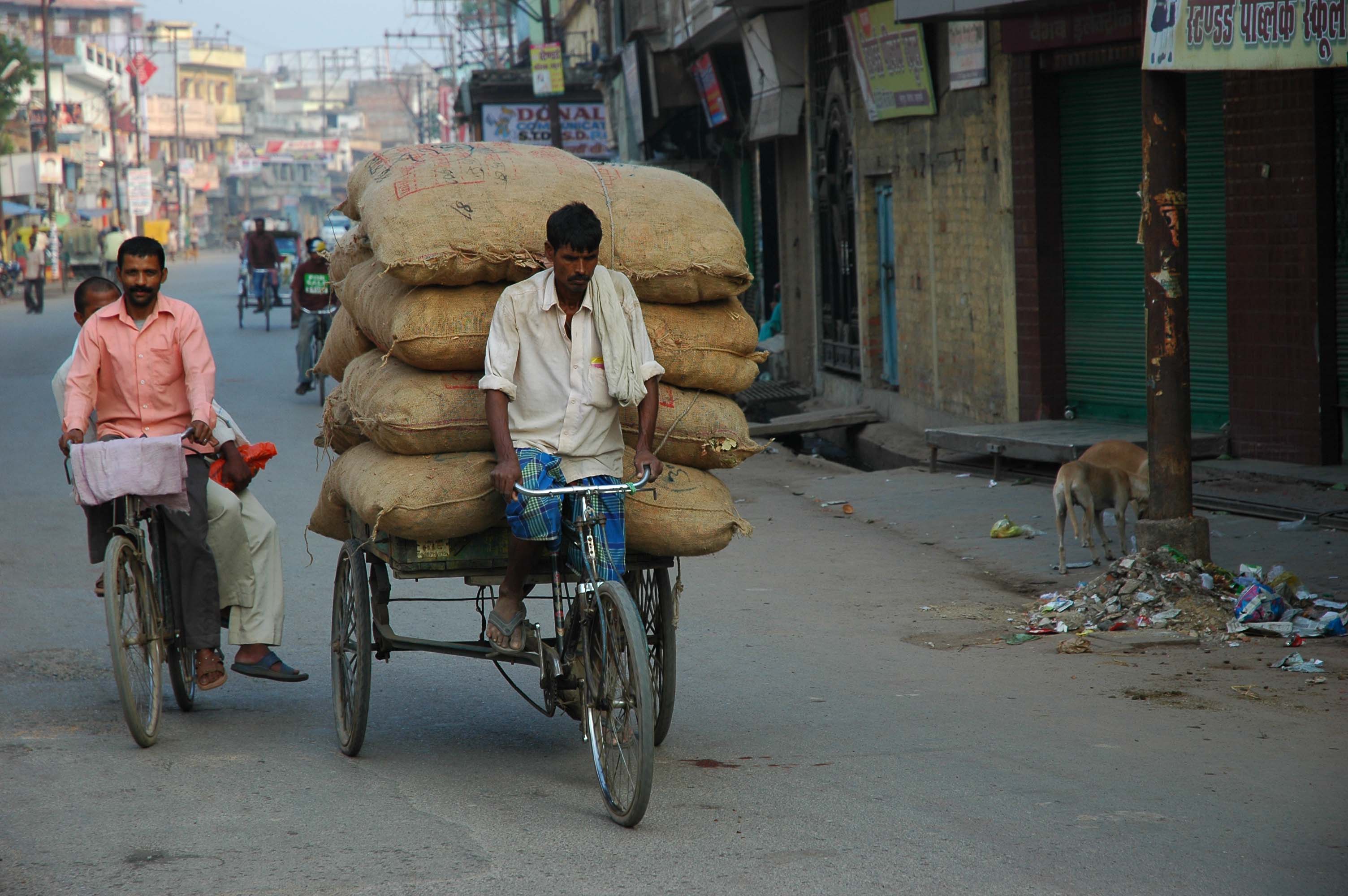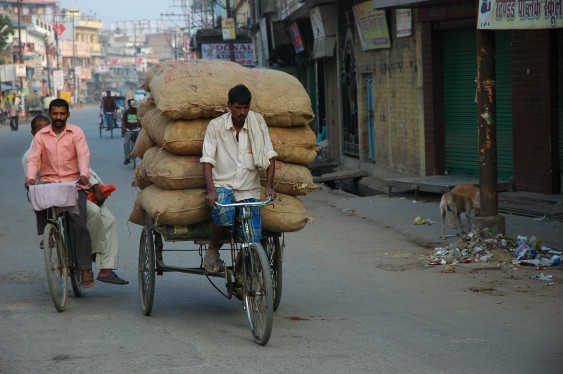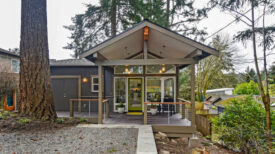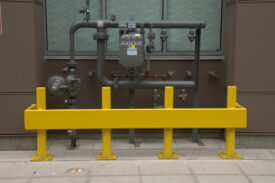We’ve written before about the wonders of bike technology. So, you may already know that the bicycle is the most energy-efficient form of travel ever devised. Bikes are pretty good work horses too, though we don’t use them as such in North America to the extent others do around the world. Or at least not yet!
To illustrate just what bikes (and trikes) are capable of when put to the test, some neighbors of mine have been kind enough to share their photo essay on “working bikes” from a recent trip to India.
It should be noted that bike transportation around the world is often a necessity rather than a choice, but scarcity of resources can serve not only to show us how good, old, time-tested technology still works, but also drive innovation and creative new solutions efficient and effective enough to inspire copycats in any socio-economic context.
And we’ve seen “cargo bike technology” budding here in the Northwest as well. (We tend to favor flashy, hi-tech gear over the Indian-style, DIY working bikes, but I guess that’s just how we roll in this affluent seedbed of software, jets, and outdoor recreation equipment.)
Nonetheless, as Alan Durning wrote a while back, “The ingenuity evident across the Northwest and the world in finding practical, nonmotorized solutions to the daily challenges of urban mobility is heartening, even inspiring.”
And it does make you think: As fuel prices rise and western cities get smarter about bike infrastructure, will we take a cue from cities like Varanasi and Jaipur and take cycling beyond recreation, and even plain old commuting, here at home?
What will get us hauling more people and stuff by bike? Fuel prices inching up and up may ultimately tip the scales. But, it’ll take a mix of prices and a recognition of the true costs of carbon pollution, as well as policies that grow healthy, compact communities, and adequate investment in bike-friendly streets and pathways, to really see more two- and three-wheeled “work horses” on the road.
(Thanks so much for these fabulous photos!)




















CHD
I find it puzzling that in these pictures so few of the bikes are being ridden. To my eyes, the bikes look overloaded and perhaps too difficult to pedal. If this is the case, then the bikes are not bikes at all but merely glorified carts. Nothing wrong with that as the delivery person can make a much speedier transit over a true cart by actually pedaling once the bike/cart is unloaded. Perhaps these pictures are indicative of some of the larger infrastructure issues in cities overrun by cars?
John Niles
From recent direct observation, I can report that in Vietnam pedal power is used some for freight and goods, but it appeared that motorized two wheeled commercial movement is more common than using bicycles.
Some freight on scooters visible in this video I made in Hanoi, posted on Facebook (sign on required).
What would be interesting to see would be concise research findings on comparative evolution of movement modes in developing nations.
While I understand that electric motor bikes are increasingly seen in China, I saw very few in Hanoi and Saigon. Gasoline fueled the vast majority of scooters.
John Niles
http://www.facebook.com/home.php?sk=group_201238533232408 is location of my Hanoi video.